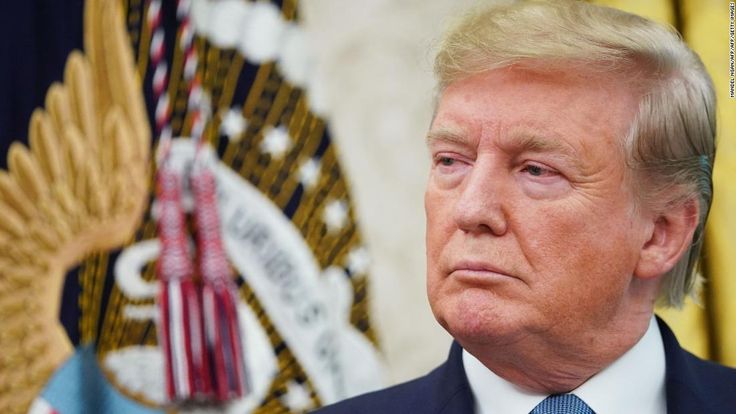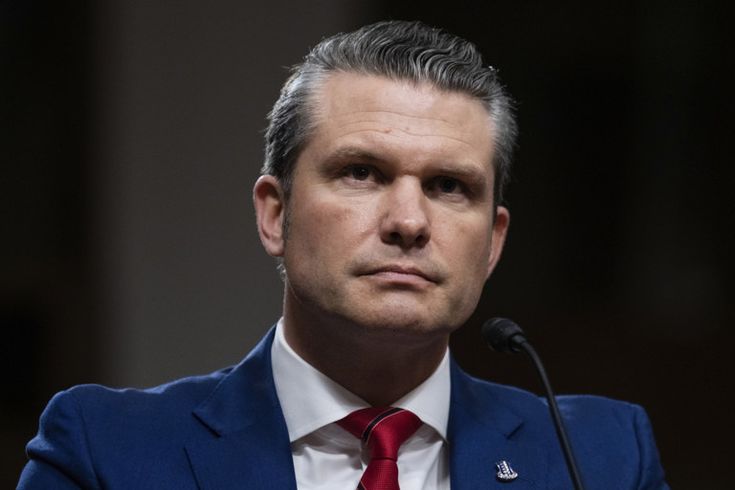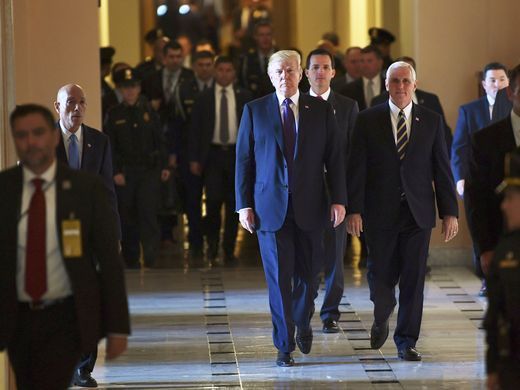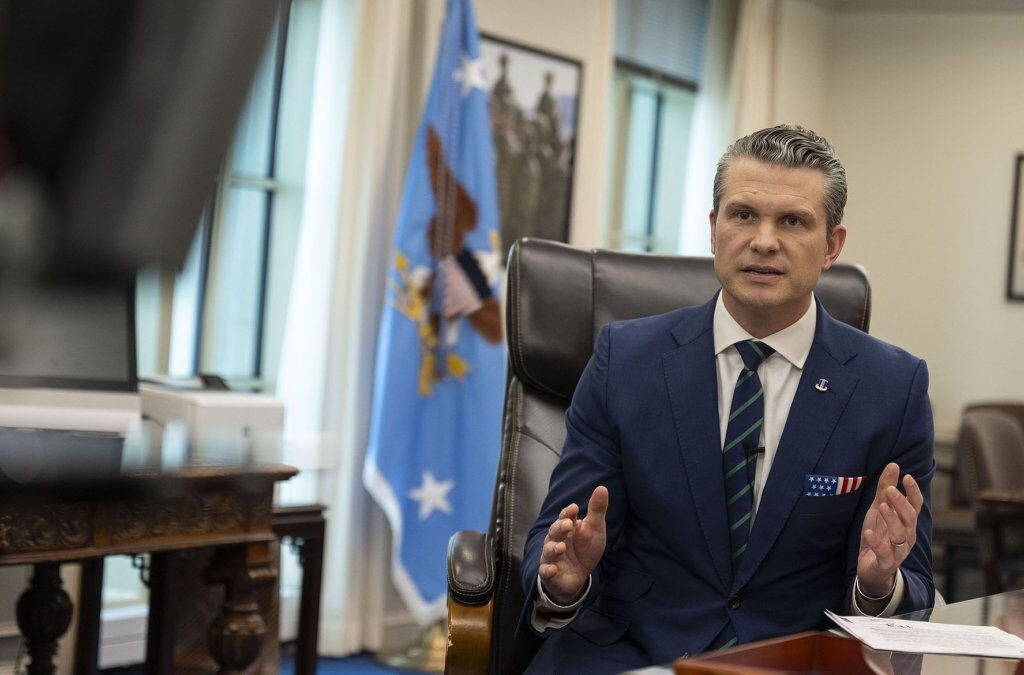Table of Contents
In early 2025, the Trump administration directed a significant shake-up of the Pentagon’s budget. Secretary of Defense Pete Hegseth tasked the military services and defense agencies with identifying 8% in cuts—about $50 billion annually—that could be reinvested into higher-priority areas. The exercise sparked a critical debate among defense experts, as two distinct approaches emerged, driven by different strategic priorities. Experts Mark Cancian and Melissa Dalton each proposed different paths to achieve these goals, illuminating the difficult trade-offs that the Trump administration faces in its defense strategy.

The Exercise: Identifying Cuts and Priorities
The Defense Futures Simulator, developed by the American Enterprise Institute (AEI) and CSIS, allowed experts to simulate budget cuts and their impacts. With $50 billion set to be cut, certain areas were protected—such as strategic weapons like Virginia-class submarines and munitions. This forced the cuts into other areas, especially in terms of Army force structure, and set the stage for strategic realignments.
The experts were tasked with cutting and reallocating funds across 68 defense priorities, including forces such as bombers, special operations, and large surface combatants. The choices made reflected the broader strategic challenges the U.S. faces, including threats from China, Russia, Iran, North Korea, and challenges in nuclear modernization and counterterrorism.

Strategic Priorities: A Different View of Global Challenges
Mark Cancian, reflecting his more global approach, emphasized maintaining a balance between focusing on China and not neglecting other global threats. His cuts to programs related to Russia, Iran, and North Korea were minor, and he focused reinvestments on countering China’s growing military power. However, Cancian acknowledged that global commitments are essential, and military readiness must be prioritized, especially to deter adversaries globally.
Melissa Dalton, on the other hand, sharply focused on Indo-Pacific defense priorities, directly responding to China’s rise as the most significant threat to U.S. security. Dalton’s approach called for substantial investments in shipbuilding, nuclear modernization, missile defense, and cyber capabilities to ensure the U.S. remains ready to face Chinese threats. She assumed risk in other regions, including Europe and North Korea, reflecting the prioritization of homeland and Indo-Pacific defense.
Both experts made clear that, in today’s security environment, U.S. defense capabilities are increasingly tested by China’s military advancements, necessitating a strategic shift to focus more on regional deterrence.

The “Iron Triangle” of Budget Trade-Offs
When considering where to make cuts and where to reinvest, the experts confronted the “iron triangle” of budget trade-offs. This triangle represents the balance between force structure (size and composition of military forces), operational readiness (the ability of forces to function effectively), and modernization (investment in new capabilities). Each expert had to make tough decisions:
- Cancian: Made minimal cuts to force structure because he believes that a global power must maintain a capable and flexible military. His cuts to modernization were modest, and he focused on maintaining operational readiness to ensure the U.S. military could quickly respond to global crises.
- Dalton: Prioritized modernization, recognizing that U.S. forces must keep pace with the technological advancements of adversaries, particularly China. She made substantial cuts to force structure that were less suitable for modern Indo-Pacific warfare, while increasing operational readiness to ensure U.S. forces remain effective and prepared.

Service Splits: Differing Approaches to Military Strength
The restructuring also had significant implications for how the individual military services would be affected:
- Army: Cancian kept the Army force structure more intact due to the global responsibilities of the U.S. military, while Dalton made significant cuts, focusing on forces less suited for Indo-Pacific combat.
- Navy: Both experts agreed on the importance of shipbuilding and submarine investments, but Dalton placed greater emphasis on maintaining the U.S. Navy’s undersea dominance in response to China’s naval expansion.
- Marine Corps: Both experts prioritized global capabilities for the Marine Corps, though Cancian proposed cuts to special operations forces, arguing that regular infantry forces are more vital for global security.
- Air Force: Cancian took a more conservative approach, cutting back on Next Generation Air Dominance (NGAD)/F-47 development due to the high cost of the program. Dalton, however, pushed for investments in next-gen fighter aircraft and air defense systems, specifically tailored for the Indo-Pacific theater.
- Space Force: Dalton significantly increased funding for space capabilities, emphasizing the need for U.S. dominance in space warfare to counter Chinese anti-satellite systems.
The Trump Administration’s Defense Strategy and Budget Outlook
Both Cancian and Dalton agreed on a central point: the Trump administration’s defense strategy will require more funding than current projections allow. Despite the $50 billion cuts, both experts recognized the administration’s focus on the Indo-Pacific and U.S. homeland defense will need substantial investment in modernization. The current budget topline won’t be sufficient to meet these goals, and a $1 trillion defense budget might be necessary to meet the administration’s strategic aims.

Policy Implications for the U.S. and Global Security
The debate over the Pentagon’s restructuring reflects a broader policy shift in how the United States views its defense priorities. China’s rise as a global power, coupled with rising regional conflicts, requires the U.S. military to adapt to new threats while maintaining its global leadership role. The U.S. must remain committed to maintaining a credible defense posture in Europe, the Middle East, and Indo-Pacific regions, while also innovating in cybersecurity, space defense, and nuclear modernization.
Additionally, the Trump administration’s strategy may risk undermining alliances with European partners, creating tensions in the broader global security architecture. The U.S. must find a way to balance its commitments abroad while reinforcing its military readiness at home to respond swiftly to emerging threats.
Conclusion: A Strategic Crossroads
The Pentagon’s budget restructuring and defense strategy under the Trump administration underscore the critical choices facing the U.S. military today. Whether focusing on China, nuclear modernization, or force structure, the decisions made in the coming years will define the future of global security. As the U.S. faces an increasingly complex and multipolar world, its defense budget must adapt to ensure it remains prepared for both conventional and emerging threats.
Author Profile
- Syed Tahir Abbas is a Master's student at Southwest University, Chongqing, specializing in international relations and sustainable development. His research focuses on U.S.-China diplomacy, global geopolitics, and the role of education in shaping international policies. Syed has contributed to academic discussions on political dynamics, economic growth, and sustainable energy, aiming to offer fresh insights into global affairs.
Latest entries
 Middle East AffairsJuly 14, 2025An Open Letter from Gaza’s University Presidents: Resisting Scholasticide Through Education
Middle East AffairsJuly 14, 2025An Open Letter from Gaza’s University Presidents: Resisting Scholasticide Through Education U.S. PolicyJuly 9, 2025Impacts of the One Big Beautiful Bill Act on the U.S. Mining Sector
U.S. PolicyJuly 9, 2025Impacts of the One Big Beautiful Bill Act on the U.S. Mining Sector Human RightsJuly 2, 2025Palestine Action Is a Moral Compass. That’s Why the UK
Human RightsJuly 2, 2025Palestine Action Is a Moral Compass. That’s Why the UK International PoliticsJune 26, 2025Iran Confirms Serious Damage to Nuclear Sites from U.S. Strikes, Rules Out Meeting with Washington
International PoliticsJune 26, 2025Iran Confirms Serious Damage to Nuclear Sites from U.S. Strikes, Rules Out Meeting with Washington



3 comments
One of the most striking aspects of this blog post is its unique perspective. The author approaches the topic from an angle that I haven’t seen before, offering fresh insights and ideas that have challenged my preconceived notions. This ability to think outside the box and present a new way of looking at things is what makes this blog post so valuable.
The writing style is another highlight. It’s clear, concise, and easy to follow, yet it doesn’t sacrifice depth or complexity. ♥️
Your story truly touched me. I relate to it deeply, and your honesty gave me a fresh perspective. Thank you for sharing!
The blog post truly stands out with its innovative perspective and refreshing ideas. The author’s ability to present complex thoughts in a clear and engaging manner is impressive. I found myself deeply connected to the story, and it challenged some of my long-held beliefs. The writing style strikes the perfect balance between simplicity and depth. How do you think this perspective could be applied to other areas of life?